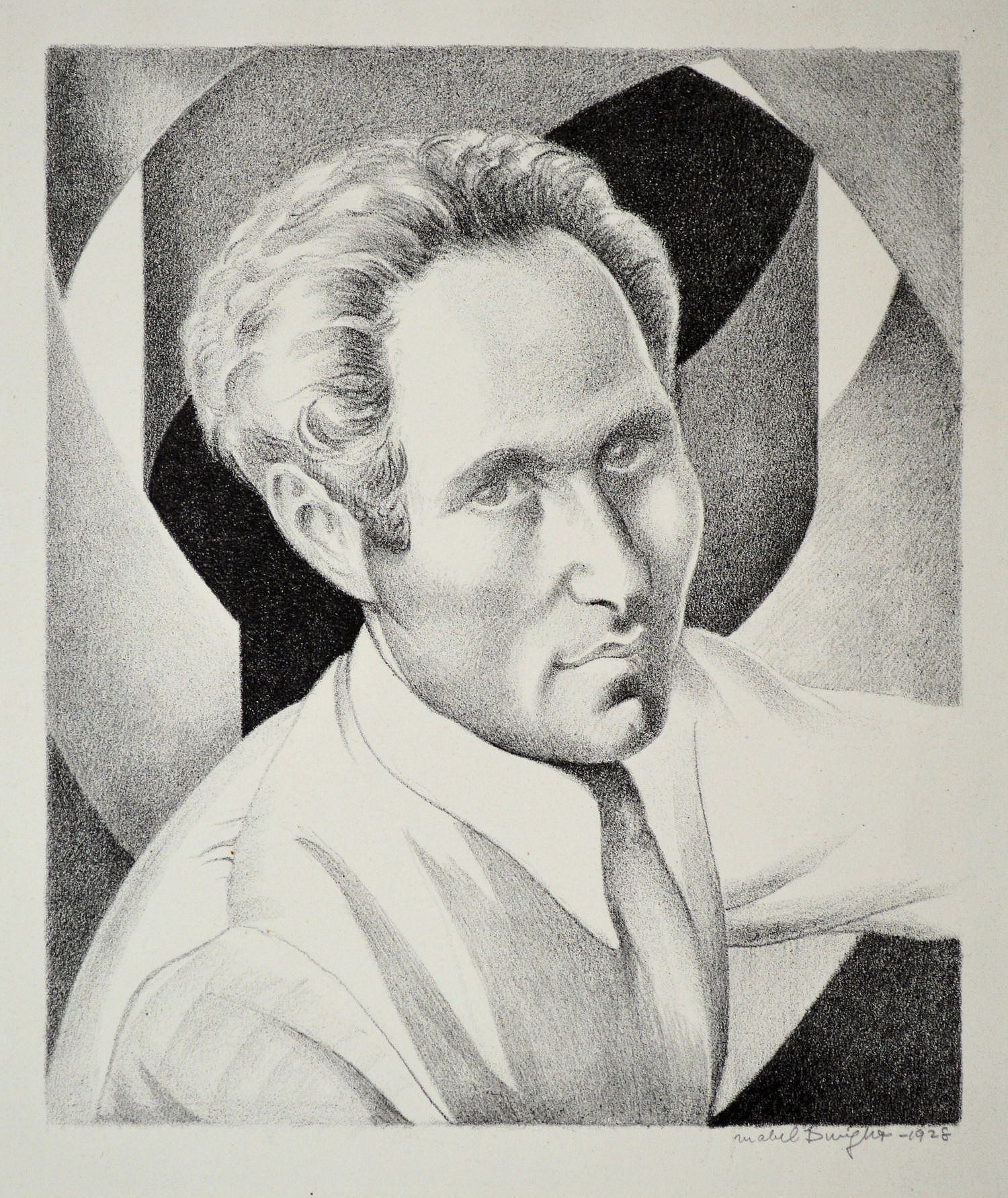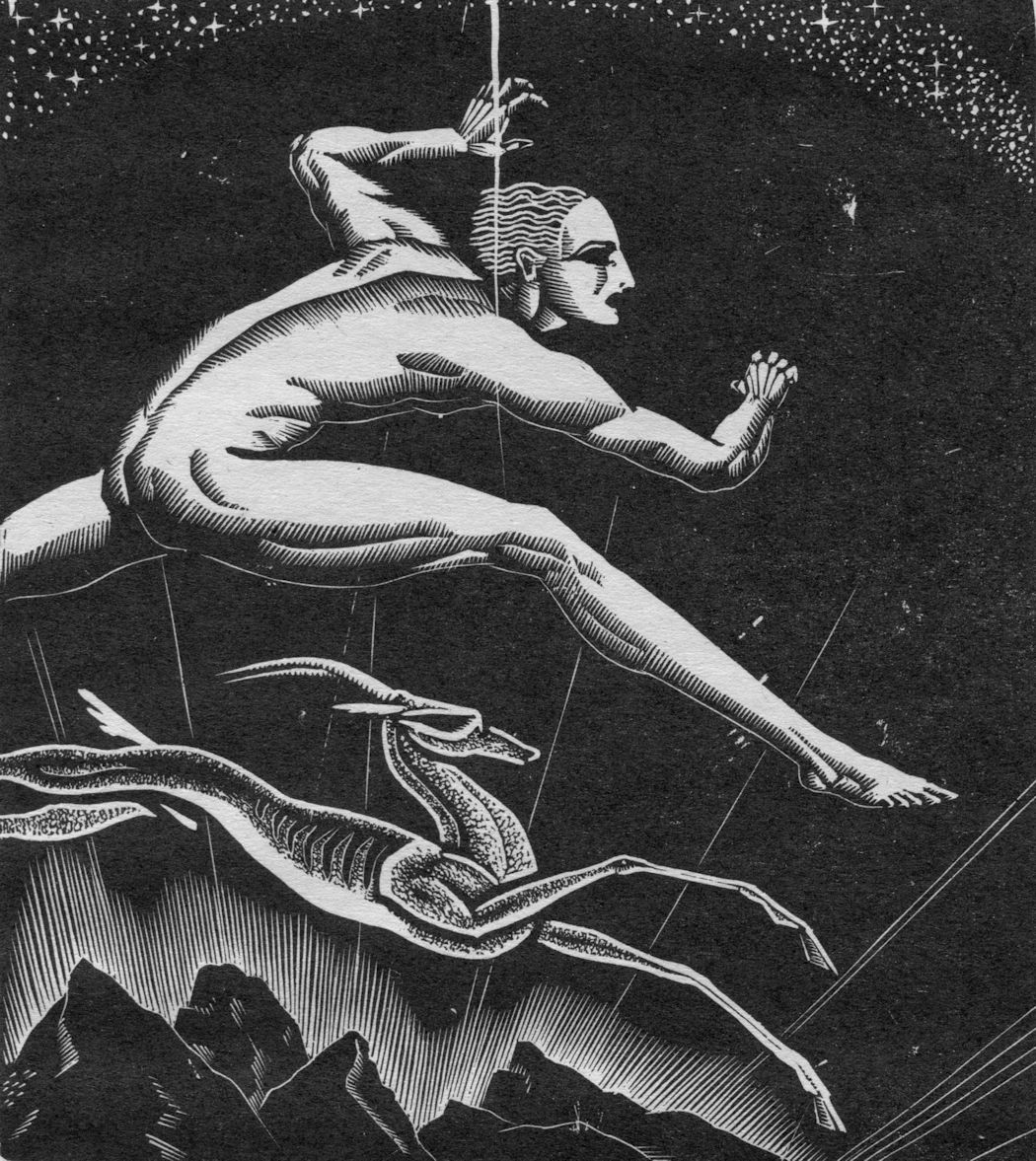Mabel Dwight (1875 - 1955)
American printmaker Mabel Dwight was born Mabel Jaque Williamson in Cincinnati, Ohio and moved with her family to New Orleans and then to San Francisco, where she studied at the Hopkins School of Art from about 1896 to 1898. Dwight also became a member of The Sketch Club, an association of women artists that provided a congenial setting for the development of her talents and the opportunities for exhibitions that were otherwise unavailable to women in those years, including her first such appearance in 1897.
Dwight moved to Greenwich Village in 1903 and was married to painter and etcher Eugene Higgins for eleven years, after which she chose the name by which she is now best known and resumed her art studies. Visiting Paris in 1926, she embraced lithography as her chosen medium of expression. Returning to New York, Dwight made powerful use of her social realist esthetic in her humorous and sympathetic portrayals of everyday life in Manhattan. During the Depression, Dwight produced a series of powerful anti-fascist works and, as a participant in the Federal Arts Project, she created twenty-five lithographs dealing with social matters.
Mabel Dwight’s work was widely exhibited during her lifetime, and her work is widely held by museums and libraries including the Whitney Museum of American Art; The Museum of Fine Arts, Boston; The Pennsylvania Academy of Fine Arts and Philadelphia Museum of Art, Philadelphia’ The Victoria and Albert Museum, London. In her later years, she moved to Staten Island and then to Pipersville, Pennsylvania; beset by serious health problems, her output diminished, and she died in a nursing home at Sellersville, Pennsylvania following a severe stroke.

Portrait of Roderick Seidenberg
Lithograph, 1928; edition of 30. Image size 8-3/16” x 9-5/8”; sheet size 11½” x 15¾”. Printed by George Miller, New York. During the period of her separation from her husband her friend and gallery proprietor Carl Zigrosser introduced Dwight to Roderick Seidenberg, then an architectural draftsman and ardent socialist who was fourteen years her junior. They lived together for a number of years but became estranged when Seidenberg met, fell in love with, and married another woman. In her later years, Dwight and Seidenberg reconciled and the architect and his wife took Dwight into their household and cared for her as her health failed. A scarce, subtly detailed image in fine condition. The edges of the sheet are slightly darkened, but well away from the image.
$2,400
